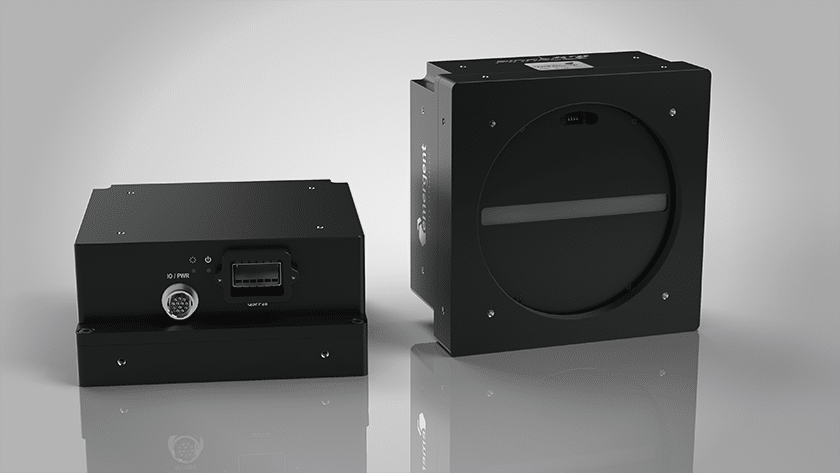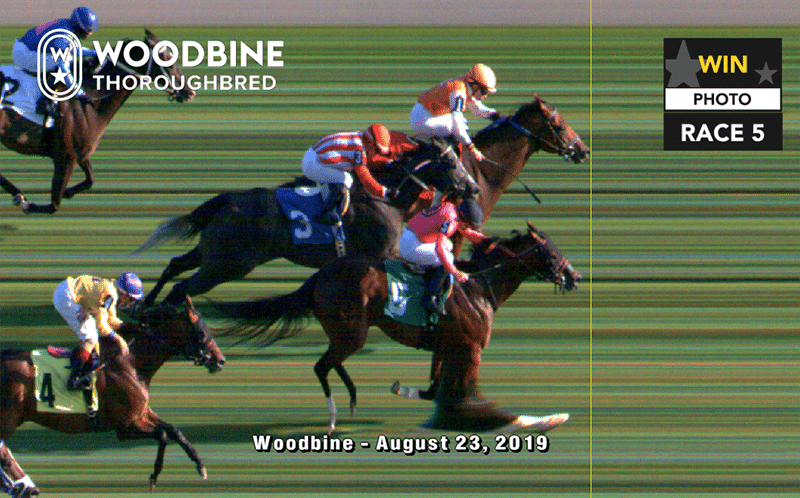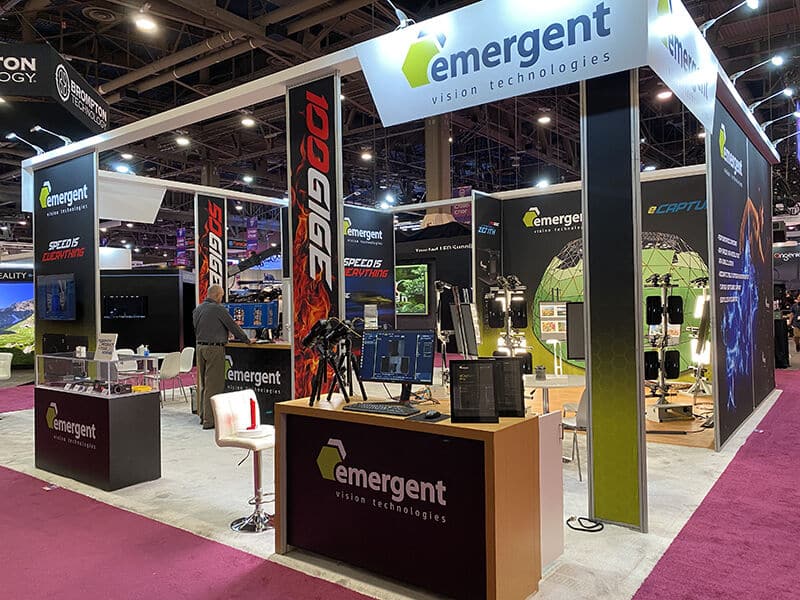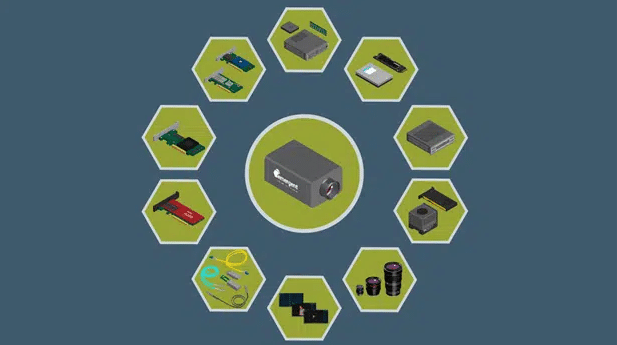Line-Scan Cameras for High-Speed Inspection and More
Line-scan cameras use rows of pixels to build a single continuous image. The object or part that needs inspecting will rotate in front of a line-scan camera to capture the whole surface one pixel row at a time by unwrapping the image. Because of this, line-scan cameras are well suited to inspect round or cylindrical parts for damage or cracks, or objects in continuous motion. Tasks that would otherwise require multiple area-scan cameras to cover the same surface. Traditional line-scan applications include industrial inspection, printing inspection, label inspection, film inspection, PCB inspection, and food sorting and grading.

Because Line-scan cameras are very well suited to capture objects in motion they can also be used in sports applications such as photo-finish in horse racing or athletics. In such applications, the camera would be placed with vertical orientation to continuously scan moving subjects as they cross the finish line.

High-Speed 8K Resolution
Emergent offers three line-scan camera models. These models are available in 8K resolution and come with a choice of three interfaces. SFP+ 10GigE (PACE LR-8KG), RJ45 10GBaseT (PACE LT-8KG), and SFP28 – 25 GigE (ACCEL LB-8KG). All three models feature the GL0816 line-scan CMOS sensor by Gpixel. GL0816 consists of 16 lines of 8192 pixels with 5 μm pixel size and 5 μm inter-line space. Line rates are as high as 200KHz in single mode and 66KHz in trilinear mode. Please refer to the following table for full specifications. GL0816 is available in Mono or RGBW 4-band CFA with extremely low color crosstalk for excellent color image reproduction. Other benefits of this sensor include low-noise, compact size, and excellent cost-performance ratio.
Comparing Common Line-Scan Camera Interfaces
Common interfaces for line-scan cameras are CameraLink and Gigabit Ethernet (a.k.a. 1GigE). Emergent’s 10GigE and 25GigE interfaces offer multiple benefits over CameraLink:
- 10 and 25 GigE line-scan cameras do not require a frame grabber. They are also GigE Vision compliant and can be used with standard hardware and cables for simpler and lower cost integration.
- 10 and 25GigE respectively offer 1.8 times and 4.5 times more bandwidth than CameraLink.
- They offer virtually limitless cable lengths using low cost commodity SFP+ and SFP28 transceivers versus 10 metres for CameraLink.
- Extremely low CPU utilization (<1%) means you can run as many as 8-14 10GigE cameras on a single PC.
10 and 25GigE come with similar benefits as 1GigE in terms of low-cost compatible accessories and cable lengths. However, 10 and 25GigE offer 10 and 25 times the bandwidth. In addition, Emergent leverages technologies such as Mellanox’s VMA and Rivermax and Cspi’s MVA to offload all packet processing to the Network Interface Cards. This results in less than 1% CPU utilization and approximately only 100us added latency to obliterate the shortcomings (CPU utilization, latency and jitter) typically associated with 1GigE.
Any questions?
Need help finding the right camera? Get in touch with us today and our team of imaging professionals will be pleased to assist you.
Additional resources
PACE LR-8KG SFP+ 10GigE Line-Scan Camera




